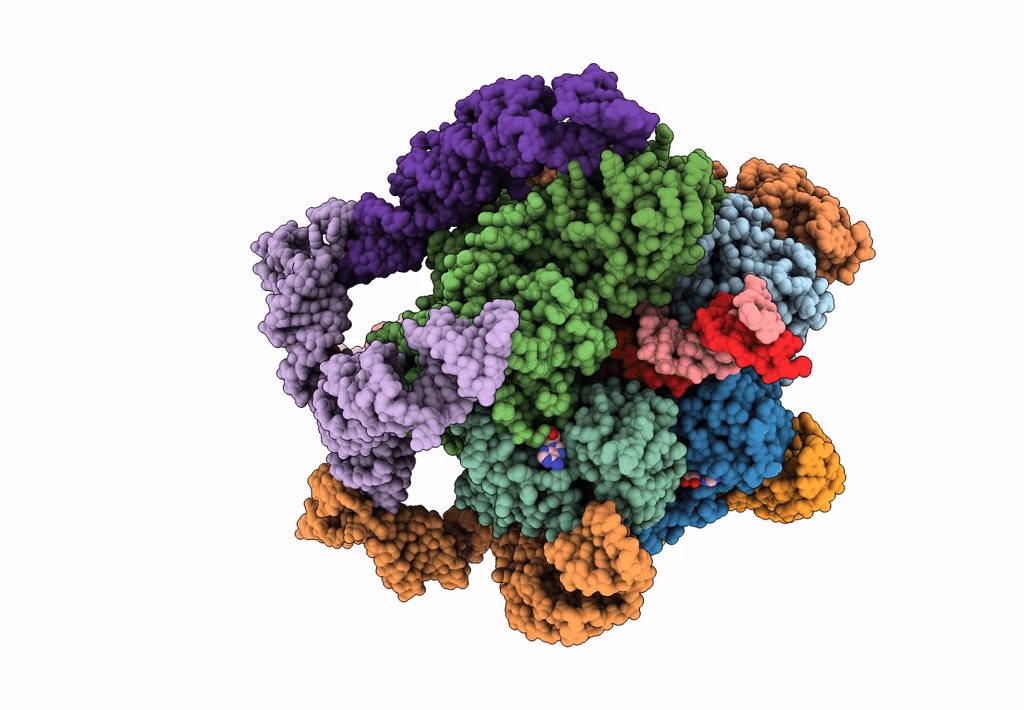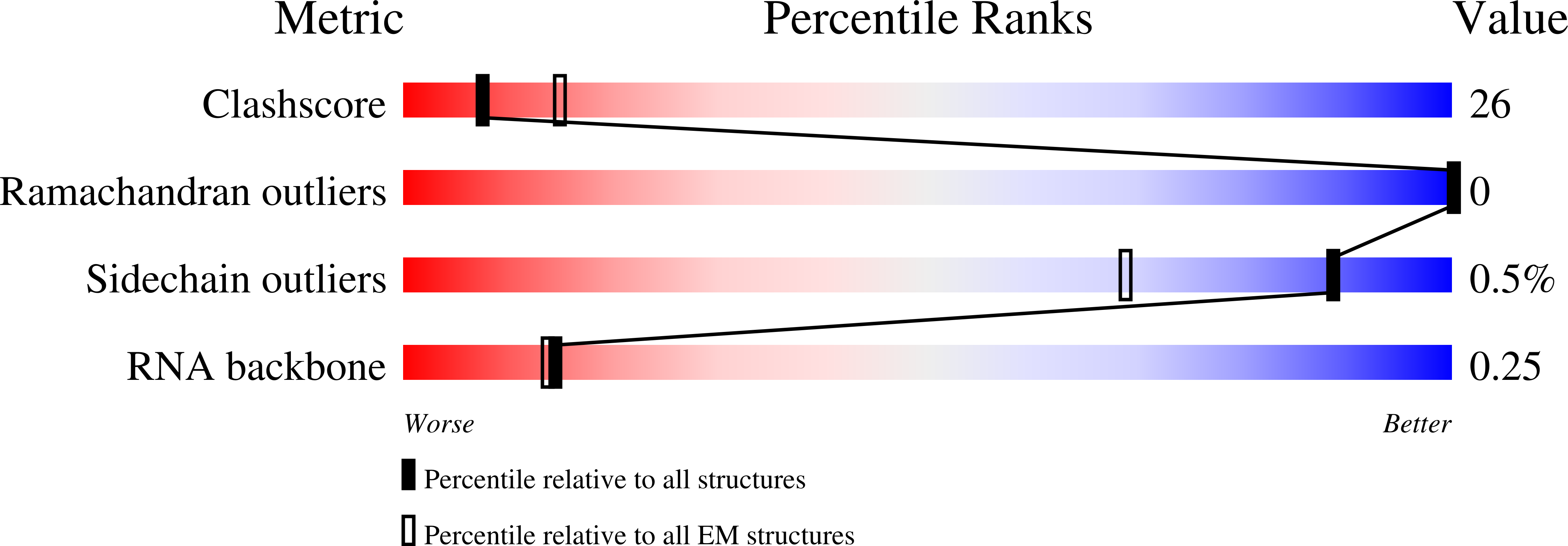
Deposition Date
2020-08-11
Release Date
2021-05-19
Last Version Date
2024-05-01
Entry Detail
PDB ID:
7JQQ
Keywords:
Title:
The bacteriophage Phi-29 viral genome packaging motor assembly
Biological Source:
Source Organism:
Bacillus phage phi29 (Taxon ID: 10756)
Host Organism:
Method Details:
Experimental Method:
Resolution:
4.10 Å
Aggregation State:
PARTICLE
Reconstruction Method:
SINGLE PARTICLE


